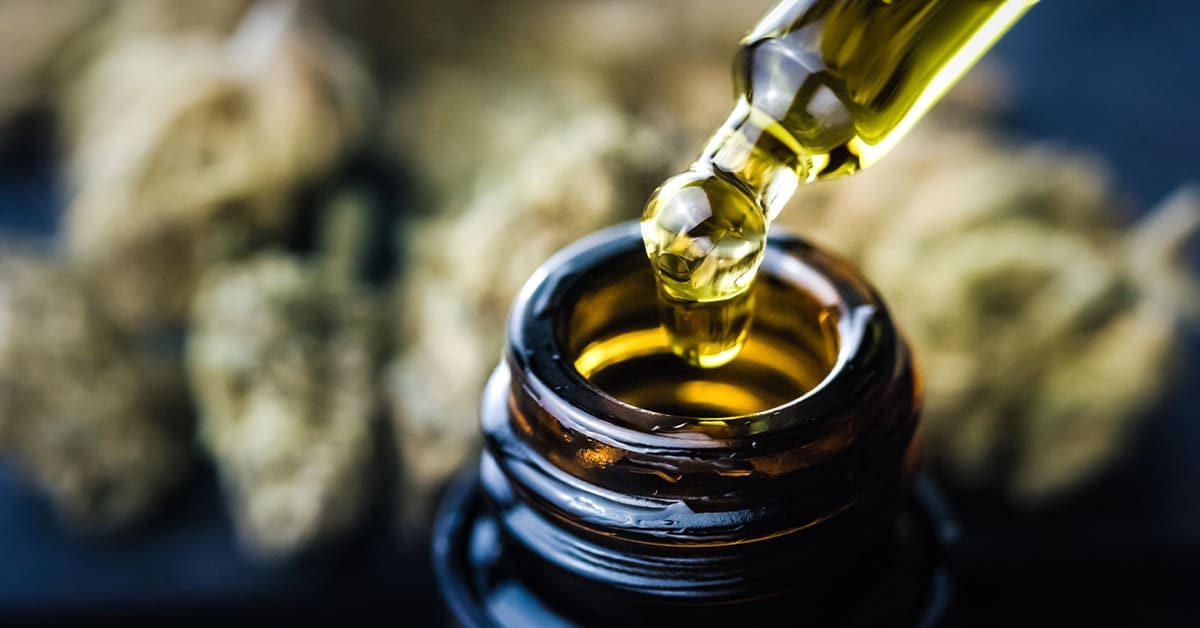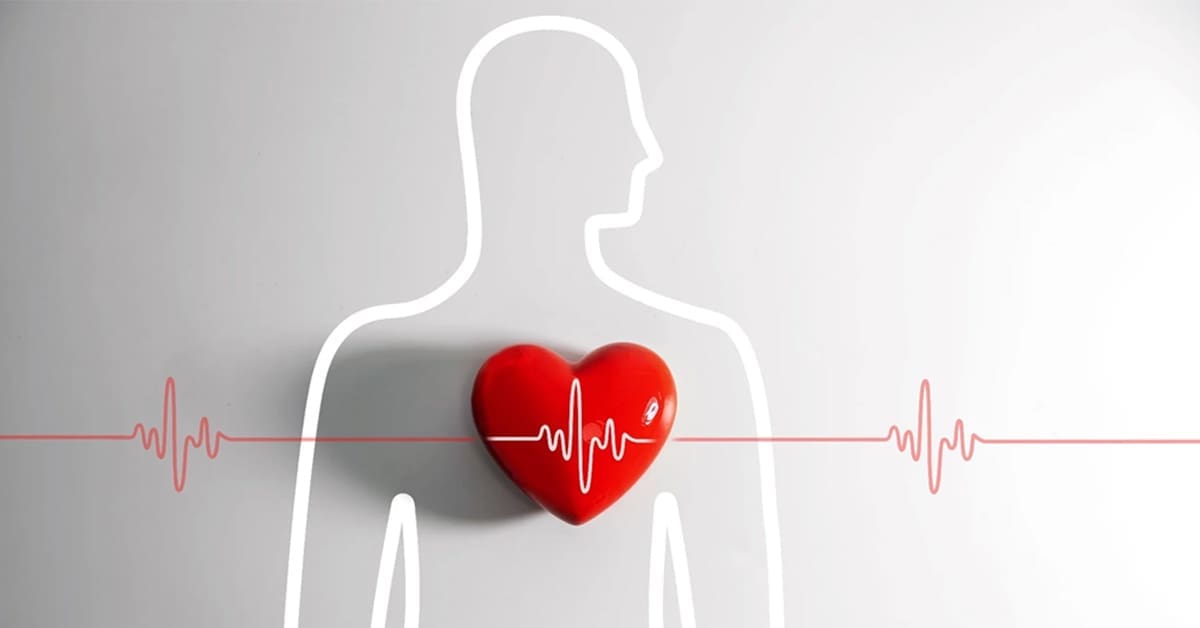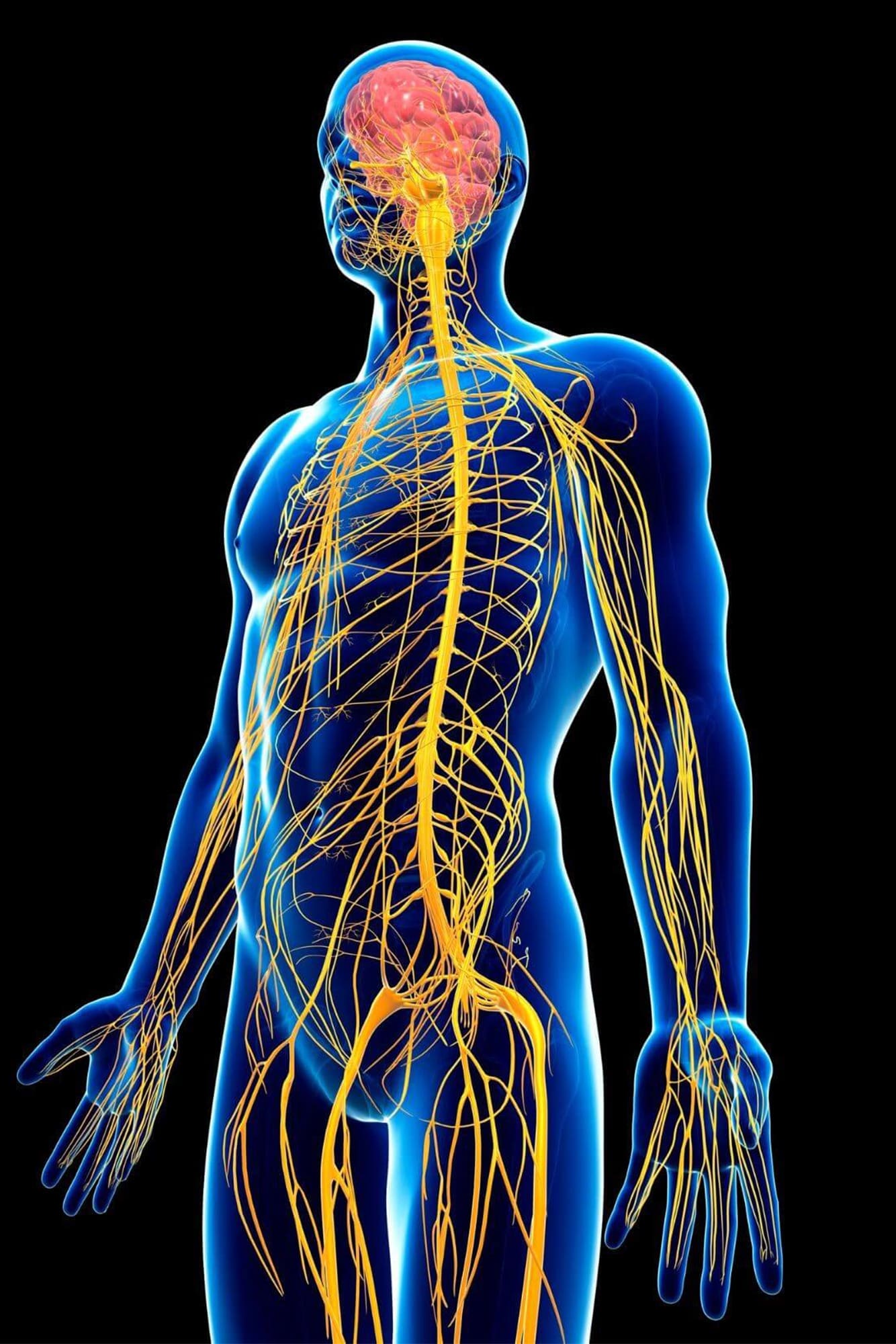Introduction
When we think of the components that make up medicinal cannabis, cannabinoids like THC and CBD often come to mind. However, another group of compounds known as terpenes play a crucial role in shaping the effects and potential therapeutic benefits of cannabis. Terpenes are aromatic constituents found in various plants, including cannabis, and are responsible for their distinct scents and flavors. In this blog post, we will explore some of the terpenes found in medicinal cannabis, their aromas, and potential effects, shedding light on their contribution to the entourage effect and overall therapeutic profile.
| Terpene | Aroma | Potential effects |
| Myrcene | Earthy, musky, herbal | Analgesic, anti-inflammatory, sedative, muscle relaxant. |
| Caryophyllene | Spicy, peppery | Analgesic, anti-inflammatory, antidepressant, neuroprotective, anxiolytic. |
| Pinene | Pine, woody. | Alertness, focus, respiratory benefits. |
| Linalool | Floral, lavender. | Relaxation, anti-anxiety, sedative properties. |
| Humulene | Earthy, woody. | Appetite suppressant, anti-inflammatory properties. |
| Limonene | Citrus, lemon-like. | Antidepressant, anti-inflammatory, antifungal, immunostimulant, gastro-oesophageal reflux reduction. |
| Terpinolene | Floral, herbal. | Antibacterial, anti-inflammatory, sedative, antioxidant, anti-proliferative. |
| Nerolidol | Woody, floral. | Sedative, anti-parasitic, antioxidant, antifungal. |
| Bisabolol | Floral, sweet | Anti-inflammatory, antibacterial, antioxidant, skin healing. |
| Ocimene | Sweet, herbal, citrusy. | Antifungal, antiviral, decongestant. |
These terpenes, alongside cannabinoids like THC and CBD, contribute to the entourage effect, where the combination of multiple compounds produces a more significant effect than any single compound alone.
Here is an interactive chart showing the vaporisation temperatures for these terpenes and comparing them to THC and CBD:
https://daigr.am/e05f9ea1.svg (new link to be provided)
Please note that vaporising at temperatures above 210°C can lead to the release of harmful substances, so it’s important to stay within safe limits. Always consult with a healthcare professional or a knowledgeable expert when using a vaporiser for medicinal cannabis.
Conclusion
The world of medicinal cannabis is far more complex and fascinating than just THC and CBD. Terpenes, the aromatic compounds that give cannabis its diverse array of scents, play a significant role in the plant’s therapeutic effects. From Myrcene’s potential analgesic and anti-inflammatory properties to Geraniol’s potential antioxidant and anti-inflammatory effects, terpenes contribute to the entourage effect, enhancing and shaping the overall therapeutic profile of cannabis.
Understanding the different terpenes present in cannabis, their potential effects, and their vaporisation temperatures allows for a more nuanced and personalised approach to medicinal cannabis use. By tailoring cannabis use to individual therapeutic needs and vaporising at the appropriate temperatures, patients can maximise the potential benefits of these compounds.
However, it’s important to remember that while the potential therapeutic effects of terpenes are promising, more research is needed to fully understand their interactions with cannabinoids and their overall impact on health. Always consult with a healthcare professional or a knowledgeable expert when using a vaporiser for medicinal cannabis.
As we continue to explore the intricate world of cannabis, one thing is clear: the plant’s potential extends far beyond THC and CBD. The diverse array of terpenes found in cannabis not only contributes to its unique aromas and flavours but also plays a crucial role in its therapeutic potential. By continuing to research and understand these compounds, we can unlock new ways to utilise cannabis for health and wellness.
References
- Jin, D., Henry, P., Shan, J., & Chen, J. (2021). Identification of Chemotypic Markers in Three Chemotype Categories of Cannabis Using Secondary Metabolites Profiled in Inflorescences, Leaves, Stem Bark, and Roots. Frontiers in Plant Science. Link
- Russo, E. B. (2011). Taming THC: potential cannabis synergy and phytocannabinoid-terpenoid entourage effects. British Journal of Pharmacology. Link
- Gertsch, J., Leonti, M., Raduner, S., Racz, I., Chen, J. Z., Xie, X. Q., … & Karsak, M. (2008). Beta-caryophyllene is a dietary cannabinoid. Proceedings of the National Academy of Sciences. Link
- Russo, E. B., & Marcu, J. (2017). Cannabis Pharmacology: The Usual Suspects and a Few Promising Leads. Advances in Pharmacology. Link
- Booth, J. K., Page, J. E., & Bohlmann, J. (2017). Terpene synthases from Cannabis sativa. PloS one. Link
- Fischedick, J. T. (2017). Identification of terpenoid chemotypes among high (-)-trans-Δ9- tetrahydrocannabinol-producing Cannabis sativa L. cultivars. Cannabis and Cannabinoid Research. Link
- Hazekamp, A., Tejkalová, K., & Papadimitriou, S. (2016). Cannabis: From Cultivar to Chemovar II—A Metabolomics Approach to Cannabis Classification. Cannabis and Cannabinoid Research. Link
- Andre, C. M., Hausman, J. F., & Guerriero, G. (2016). Cannabis sativa: The Plant of the Thousand and One Molecules. Frontiers in Plant Science. Link
- Lewis, M. A., Russo, E. B., & Smith, K. M. (2018). Pharmacological Foundations of Cannabis Chemovars. Planta Medica. Link
- McPartland, J. M., & Russo, E. B. (2001). Cannabis and cannabis extracts: Greater than the sum of their parts?. Journal of Cannabis Therapeutics.








